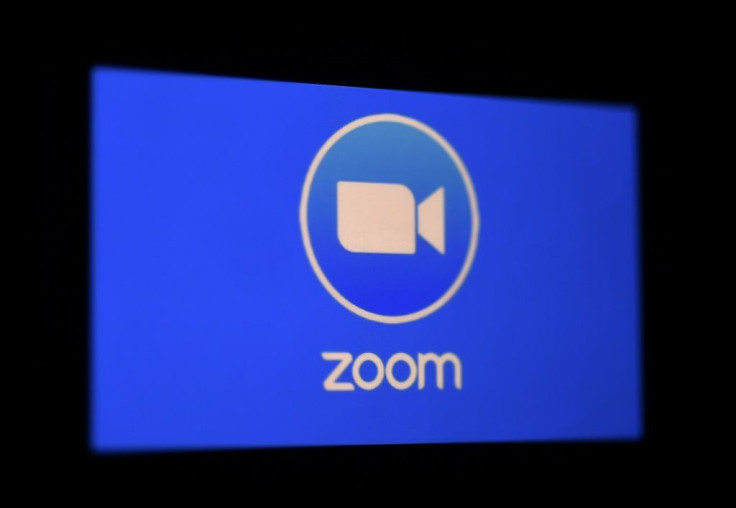‘Zoom Fatigue’ Is Real: How To Beat Exhaustion After Video Calls Amid Pandemic
Although some people have adjusted to working form amid the coronavirus pandemic, many still struggle with dealing with “Zoom fatigue.” The term has become synonymous with describing the consequences of lengthy video calls throughout the workday.
Researchers at Stanford did a study that examined the causes of “Zoom fatigue” and how to get rid of the exhaustion that comes from spending hours in front of a screen. Although “Zoom” is the term used, the study found it can apply to any video conferencing platform.
Jeremy Bailenson, the founding director of the Stanford Virtual Human Interaction Lab, was able to recommend solutions from a survey that evaluated the psychological effects of using video platforms for hours each day.
The Stanford study found the four reasons responsible for “Zoom fatigue” were seeing yourself during video chats constantly in real-time, excessive amounts of close-up eye contact, decrease in mobility, and cognitive overload from reading nonverbal cues.
To stop the tiredness that comes from seeing yourself for a long time, Bailenson recommended turning off the default setting that allows you to see yourself and others in the call. Instead, make sure your face is correctly framed, then right-click your image and choose the “hide self-view” option.
Individuals can overcome the fatigue from the excessive amounts of close-up eye contact by closing out the full-screen option and reducing the size of the window. Using a personal keyboard is also recommended to create a personal space bubble.
Exhaustion from the decrease in mobility can be contained by placing the external camera farther away from the screen. Doing so would allow an individual to do other things like doodle or pace.
Turning off the camera occasionally during meetings would also give individuals the opportunity to take short nonverbal breaks.
Meanwhile, fatigue from cognitive overload can be avoided by taking an “audio-only” break. By turning off the camera and looking away from the screen, an individual will be nonverbally active and won’t feel overwhelmed by “gestures that are perceptually realistic but socially meaningless.”
Although video calls are nothing like in-person interaction, it has become a staple for companies with employees working from home. However, Bailenson noted that it isn’t the only platform that should be used.
“Videoconferencing is a good thing for remote communication, but just think about the medium – just because you can use video doesn’t mean you have to,” he said.
Those interested in measuring the extent of their “Zoom fatigue” can participate in the study by taking the survey.

© Copyright IBTimes 2025. All rights reserved.






















